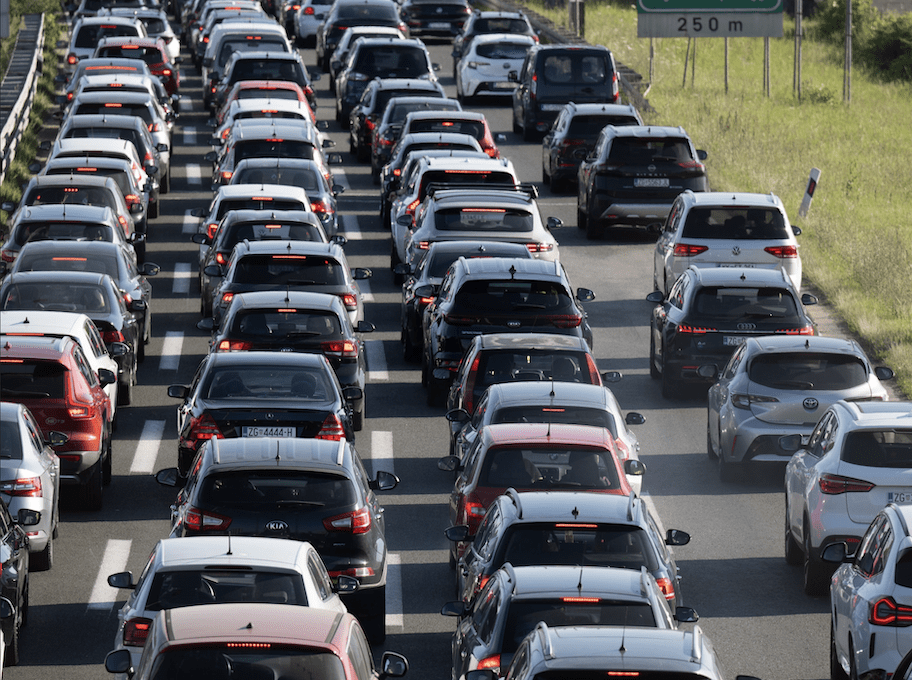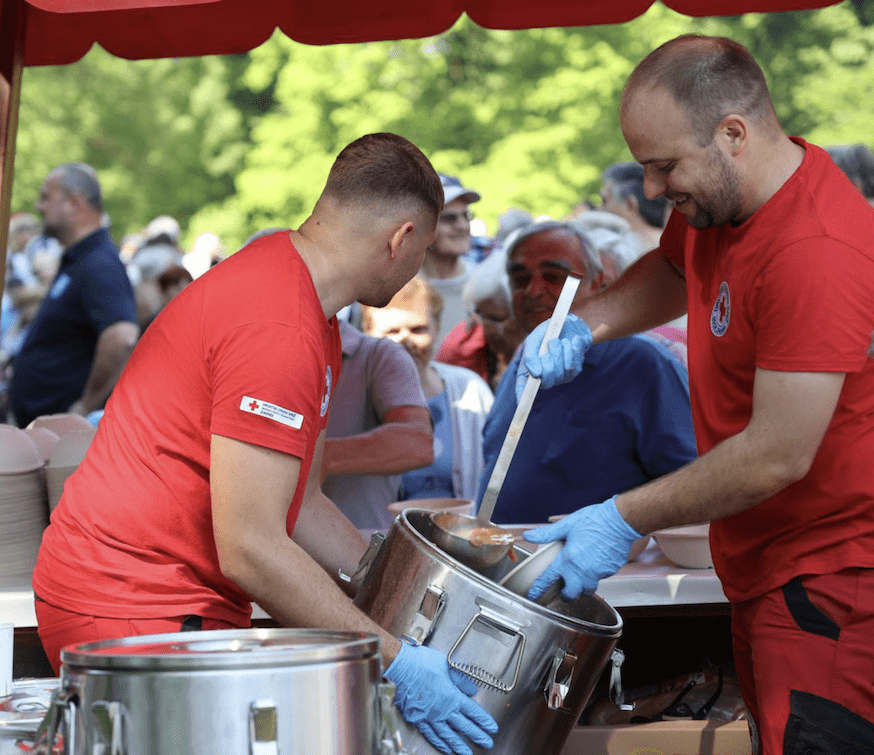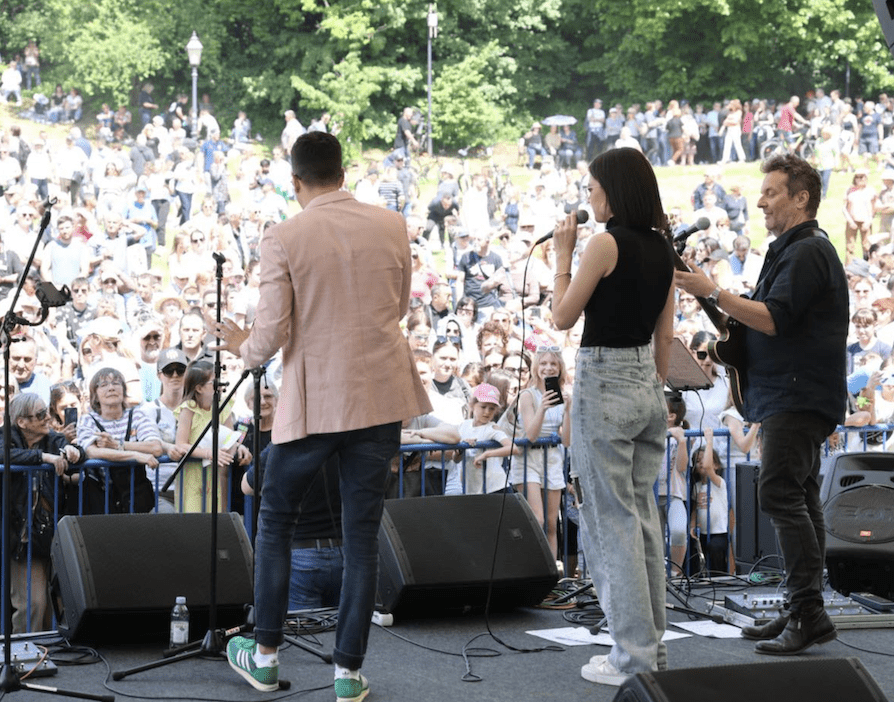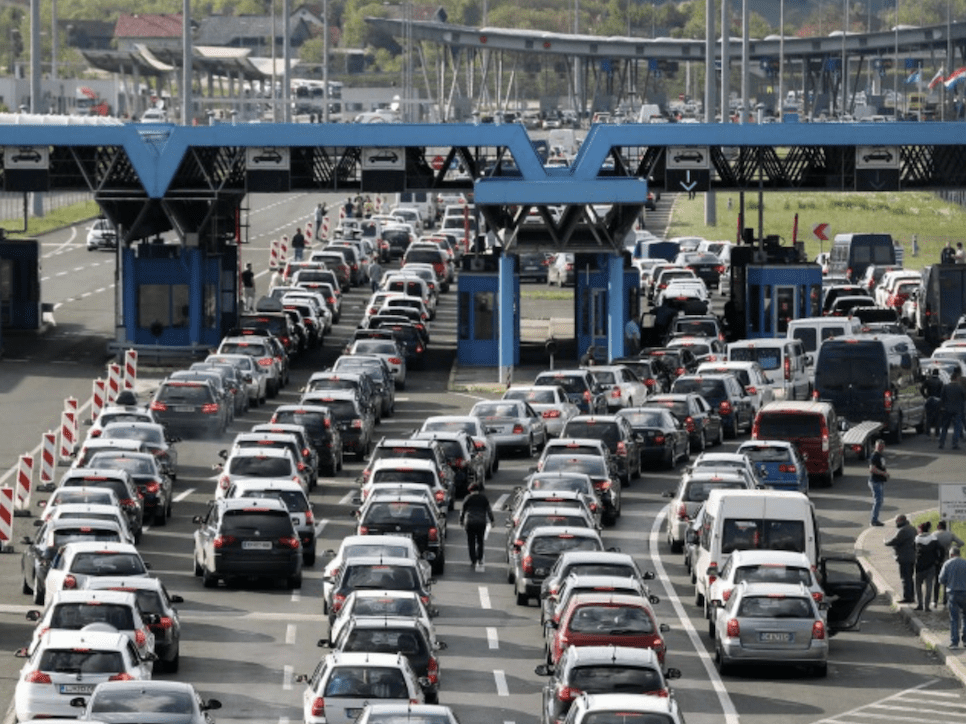Marko Barišić: As Croatia’s May 1st public holiday, known also as International Workers’ Day, sparked a four-day exodus, coastal motorways faced gridlock, with queues stretching at Krk Island. Cities like Zagreb and Split hosted bean feasts and barbecues, while election-year sweeteners added wine and štrukle.
Croats are masters of holiday bridging. International Workers’ Day is just one event during which they will do everything possible to link a public holiday to the weekend, turning two days off into a full four-day break.
Traffic chaos on coastal routes
This year’s International Workers’ Day on May 1st, a public holiday in Croatia, fell on a Thursday. By Wednesday afternoon, roads towards the coast and inland tourist spots were already jammed. Media reported massive queues on motorways heading south throughout Thursday.
The congestion eased only by evening. Some delays were blamed on accidents, which inevitably occur, while others were attributed to roadworks. Authorities defended the timing of repairs, stating they can only be done in warm, dry weather. Many also criticised tollbooth bottlenecks, though most agree the core issue is simply that roads cannot handle such a sudden surge in traffic during International Workers’ Day festivities.
Bottlenecks at key junctions
The bridge linking Krk Island to the mainland near Rijeka saw kilometre-long queues, as travellers headed to Krk, Cres or Mali Lošinj. This persists despite tolls being scrapped a year ago.
Most travellers visited family, relatives, or holiday homes. Others opted for a spring getaway, preferring mild temperatures over summer heat. Some even braved the still-chilly sea, compensating with sunbathing during International Workers’ Day breaks.

Celebrations in cities and nature
Many headed to local nature spots for walks and relaxation. Those staying in cities flocked to parks for leisurely strolls, shaded rests or all-day barbecues with friends. Securing a picnic spot often meant arriving early for such International Workers’ Day festivities.
Traditional first of May festivities
Older generations favor traditional first May celebrations. Cities host free events featuring beans (a staple dish) and local music. In Zagreb, crowds gather in Maksimir Park; in Split, on Marjan Hill. Unions, once central to these events, now take a backseat, focusing on government negotiations during International Workers’ Day.
Election-year incentives
With local elections approaching, officials amplified their offerings. At International Workers’ Day events in Labin, Istria, beans came with wine and children’s juice, accompanied by a brass band and majorettes. Local politicians made appearances, courting voters.
Zagreb served štrukle (sweet rolls) alongside beans, with entertainment for all tastes. Split’s leaders were less generous, serving only fažol (beans), but locals didn’t mind during their International Workers’ Day celebrations. One Split resident filmed the festivities for family in the US, proudly showcasing Croatian life—and even inspiring a relative to consider moving back.

International Workers’ Day was celebrated in Zagreb’s Maksimir Park.

Bjelovar’s boozy tradition
Bjelovar, near Zagreb, spared no expense on beer. The mayor, eyeing re-election, provided 700 litres. Revelers enjoyed a raucous morning tradition: a motobudnica (motorcycle reveille). Hundreds of bikers roar through town at dawn—a noisy spring greeting now tolerated as tradition, especially during International Workers’ Day.
Costs and crowds
Festival costs fall on local councils, with officials often serving food themselves. Most attendees come for tradition or a day outdoors during International Workers’ Day. This year’s sunny weather packed parks to the brim. Some events extended into the evening.
The inevitable return journey
By Sunday evening, queues will form again as travelers return from the coast and Slavonia to Zagreb. Road services urge staggered travel, but lengthy jams remain unavoidable—part of the tradition of returning from International Workers’ Day break.
Hope for smoother futures
Traffic may ease slightly next year when a €100 million EU-funded contactless toll system launches, eliminating tollbooth stops. Until then, patience is key for travelers on International Workers’ Day.

